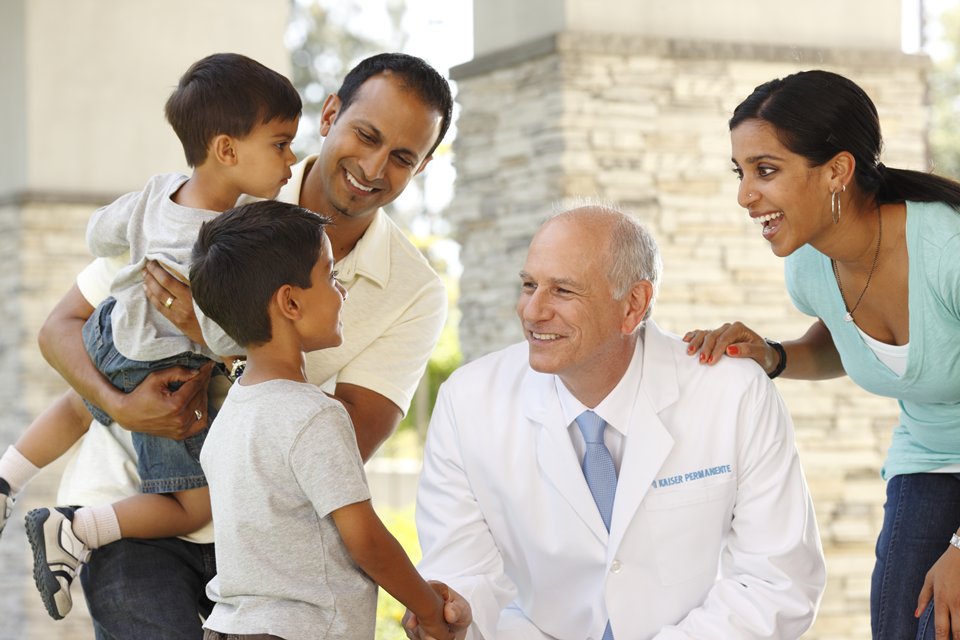By Robert Pearl, MD | Forbes.com | February 15, 2015
My father’s sister Mary died from measles when she was 6 years old. Her death haunted my grandparents for the rest of their lives.
She was one of thousands who died each year from measles before there was a vaccine to prevent this life-threatening disease.
Her story has always stayed with me – from my days as a child to my years in medical school. And once again I’m reminded of our family’s loss as the largest U.S. measles outbreak of the 21st century widens its reach in California, where I serve as CEO of the nation’s largest physician group. Our group is responsible for the health of 3.6 million people, and I worry about the risk to many of them.
This past week, public health officials confirmed more than 100 reported cases of measles in the U.S. At least 58 are linked to an outbreak that began at Disneyland in mid-December when someone infected with the measles virus came in contact with others who hadn’t been immunized.
Measles is a highly contagious disease, spreading through airborne particles that can remain infectious for up to two hours.
Thankfully, the latest measles outbreak hasn’t claimed any lives yet. But it might. Beyond providing general medical support, doctors have no effective treatment for the disease once a person has become infected. Individuals who come down with measles experience high fevers and often develop bronchitis, secondary pneumonia, encephalitis or hearing damage.
With the development and broad availability of the measles vaccine in 1963, physicians and public health officials had reason to anticipate this type of tragedy would never happen again. Just 15 years ago, public health officials declared that measles had been eliminated in the United States – a result of unprecedented child vaccination rates. But in the first four weeks of 2015, 102 cases of measles were reported in 14 states.
The Spread Of Measles and Anti-Science
Why are we reading front-page headlines about a disease once declared dead? The answer is a combination of unethical science, unfounded fear and – in some states – a very low bar for opting out of vaccination.
The measles vaccine is proven safe and effective. The risk of experiencing a major problem from the vaccine is roughly less than 1 in 40,000. In contrast, studies show 1 in roughly every 333 people who contract measles will die from it.
That’s what science tells us now. But 17 years ago, pseudoscience told a different story.
The anti-vaccine movement gained significant momentum from a study published in 1998 by Andrew Wakefield in the Lancet British medical journal that claimed to have found a connection between autism and the combined measles-mumps-rubella (MMR) vaccine.
Wakefield’s paper was later retracted when it was discovered that he falsified data. Dr. Wakefield’s medical license was revoked. Since then, dozens of studies have shown no link between vaccination and autism.
Still, those who support the anti-vaccine movement, including some misguided physicians and other health professionals, continue to prey on the fears of anxious parents by raising baseless concerns.
The apparent surge of autism in the U.S. has been major factor. In the absence of answers about the true cause of autism, some continue to uphold vaccination as an explanation to fill the void. And while there’s no scientific data to demonstrate an association, the powers of the myth and fear have lowered vaccination rates to dangerously low levels in many U.S. communities.
Containing the Spread Of Measles: Herd Immunity
Not everyone can be vaccinated due to allergies or other medical conditions. Others lose their immunity as they age.
But this small group of at-risk people can be protected when everyone else in their community is immunized. In fact, the chances of at-risk individuals coming into contact with an infected person are reduced to almost zero with a high overall vaccination rate. This concept is called “herd immunity.”
Researchers estimate that an overall vaccination rate of approximately 95 percent is necessary to create this herd immunity. Yet in one study, Kaiser Permanente researchers in Northern California found “under-immunization” (occurring when children miss one or more recommended vaccine doses before age 3) was as high as 23 percent in some geographic clusters.
Mandating Vaccination: Personal Belief vs. Public Health
There are currently 19 states that allow people to opt-out of vaccinations because of personal beliefs, despite the risk it creates for others.
As a society, we don’t condone behavior that puts others at risk for injury or death. There are no exemptions for laws that prohibit drunk-driving, for example.
Refusing vaccination for reasons other than a serious medical condition is unfair and dangerous to those who can’t protect themselves. Those who remain unvaccinated pose a great risk to many, including: all children under 1 year old who are too young to be vaccinated, older adults who don’t know their immunity has lapsed and others with impaired immune systems.
Over the past decade, we have been lulled into a false sense of security by the near-eradication of the measles virus. The current epidemic exposes the true dangers that still exist.
Eliminating personal belief exemptions will prevent suffering and save lives. It is the right thing to do. My aunt died from measles when there was no way to prevent infection from this virulent disease. Now that we can, no family should have to experience that loss.
This article appeared on Dr. Pearl’s column on Forbes.com.


